A lesson in 3-act plot structure for picture books
Thereafter, the pictures do the work. In the final spread two little tortoises in ten-gallon hats drift side by side up into a night sky. There’s not a whiff of sanctimony thanks to Klassen’s signature deadpan humour. And, I suggest, what the New York Times called his “poetic restraint”? I’m saying nuffin’, but you’ll see an example on the spread where the only text is “Nothing.” This page cracks SP up.
Act 11, an obstacle to harmony – dodgy tortoise is conflicted (shown simply by the angle of his eyeballs. Genius!) Obstacle two, he fibs. The action continues to rise (Klassen’s “Going to Sleep”) when dodgy tortoise sneaks back to the hat. The Act III climax occurs when Dodgy learns of his friend’s generous dream and settles down beside him… hat-free. So, three acts following the Exposition, Conflict, Rising Action, Falling Action structure. (See template.) What did I learn from this top-class story:
'We Found a Hat' written and illustrated by Jon Klassen P.S. When reading this story I was struck by how odd it would seem for a San audience. Anyone who found an abandoned hat in the Kalahari would immediately don it, until a friend admired it, whereupon it would be gifted to them. And so on and so on, until everyone in the group who liked/needed a hat got a chance to wear it. Just goes to show that even the best picture books might not work in other cultures.
0 Comments
light touch for dark subjects
Hughes’ touch is tender too. We see Granny sitting in a bed wearing an NHS hospital gown under her old green cardie. Amelia, the child protagonist, is there, comforting her grandmother via a memory book she’s made. So, the main character has learned something and applied it; a prescript in some Writing for Children texts. So, what did I learn about picture book writing from The Forgettery?
Dementia is a subject I wrote about here, back in 2018. I’m addressing it in my picture book writing too, inspired by this remark from my dearly demented, now departed mother. If my NYP* pb, working title “Finding Nan’s Treasures”, should ever appear in print, please note it was in no way influenced by the above. Writers explore what's bothering them and discover there are a limited number of ways to develop a theme. *Not yet published. Has a nice optimistic tone, don't you think? 'The Forgettery' by Rachel Ip, illustrated by Laura Hughes. Images used with permission.
turning text into teen theatre
Here is an on-trend feminist retelling of a Greek classic, the Medusa myth which I’ve always found particularly misogynistic. You’ll recall that Medusa is a beauty, vain about her hair, who is raped by the god Poseidon in Athena’s temple. Instead of being sympathetic, the goddess turns Medusa’s crowning glory into a nest of vipers and gives her a gaze that turns men to stone. Naturally, a ‘hero’, (Perseus,) comes along and cuts off her head ...with the help of Athena! Burton employs the Alternative Perspective approach to imagine the tale from teen Medusa’s point of view for a young adult audience. The rape content is not explicitly stated nor shown, but Poseidon, conceived as a giant but anatomically vague male lurking in the sea depths, gets the point across and avoids problems the book might have encountered in the American market. Even if the reader didn’t know the myth, the story works for the intended age group; it’s a doomed romance with an intriguing sprinkle of fantasy – flying sisters – the Gorgons, humanised here and turned into the kind of big sisters every troubled girl would love to have. But essentially, it’s a story about the liberation to be found in accepting oneself as one is, warts (or in this case, snakes) and all. For me, the most interesting part of this reimagination is the relationship between Medusa and her snakes. With admirable economy Burton shows them as manifestation of the girl’s emotions, therefore an intrinsic part of her, while also individualising the snakes. It’s a lesson in micro pen portraits for walk-on (slither on) characters. I can’t gush enough about Lomenech Gill’s artwork. You can read about her process here. Gill's style is monotone graphic in some plates, Old Master-rich in others. (Burton states in the afterword that the famous Caravaggio painting of Medusa with a realistic face was the catalyst for her reimagination of this tale.) As is supposed to be the case in picture books, the collaboration of writer, artist and art director adds to the story. So, the border of drying octopuses, their sorry tentacles bleeding into the text, is a powerful addition to the dramatic atmosphere of this book. Well done to the team concerned. This is a book to have and to pass on, as much for its production values as for its feminist sensibilities. Images used by permission of Bloomsbury plc.
how to do heartwarming
Here is the creative writing teaching maxim: show, don’t tell, in action. Waddell shows (in dialogue and action) the particulars of how Rosie and Mum manage this potentially tense situation. The effect? The reader, aged 4, 34 or 64, feels enormous empathy for the individual characters, as well as that cosy feeling of… ‘Ah- yes, I know how that is!’ So, the reader is fully engaged by the universal and the particular.
This being a quiet book, there is no obvious conflict, no real excitement. However, the reader doesn't loose interest. When Rosie’s goal is achieved on the last page, one can't help thinking “Aww!” Sentimental? No, because the well-judged words and pictures have fully earned our emotional response. That's good storytelling. For me, this quiet book is a classic example of how to do heart-warming:
|
AuthorRelishing children’s books, as writer, grandma and retired writing teacher. Archives
March 2022
Categories
All
|
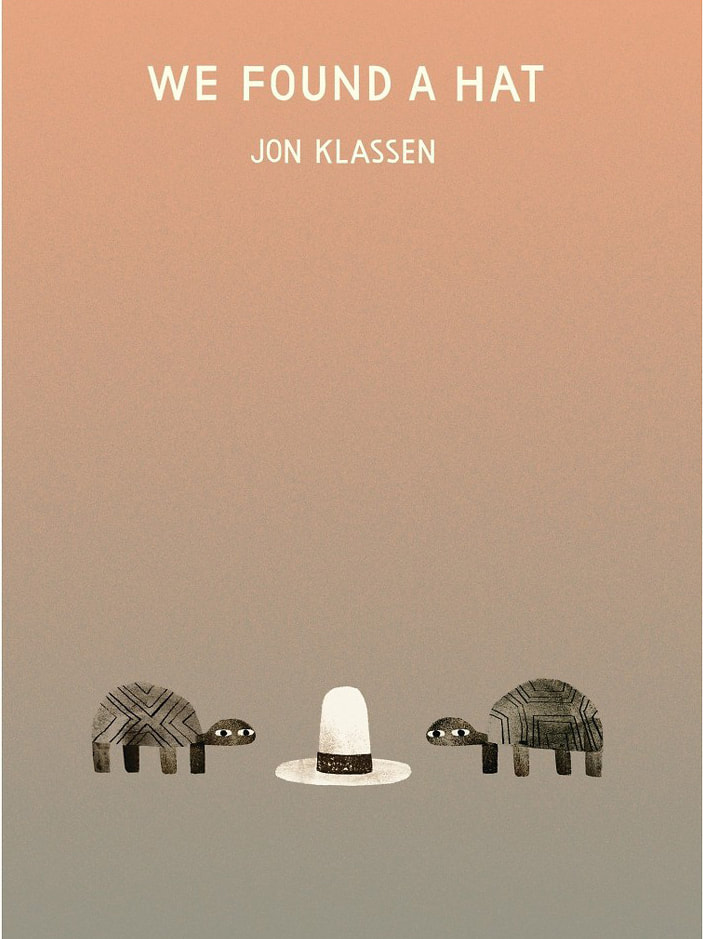
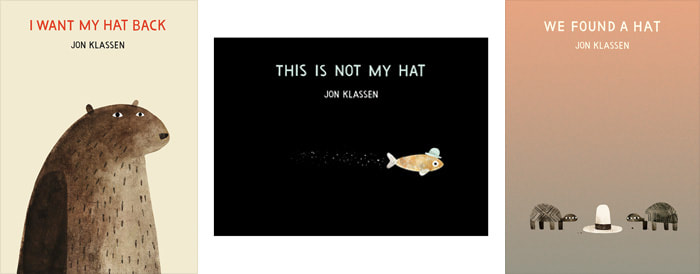
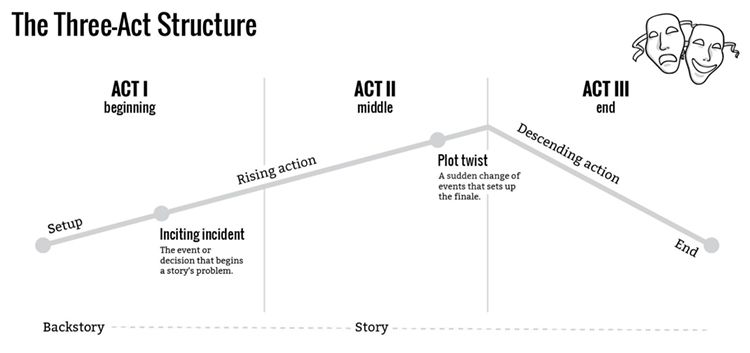
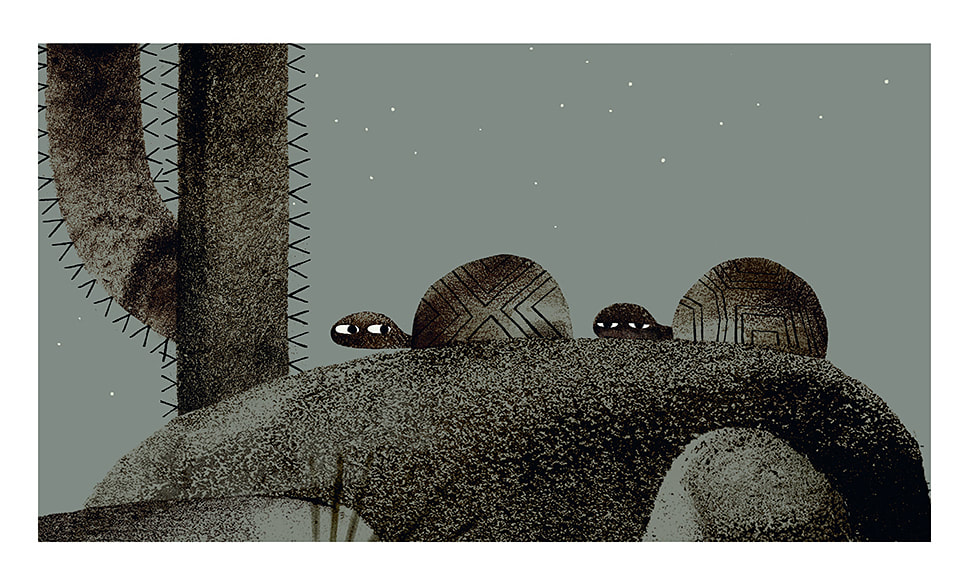
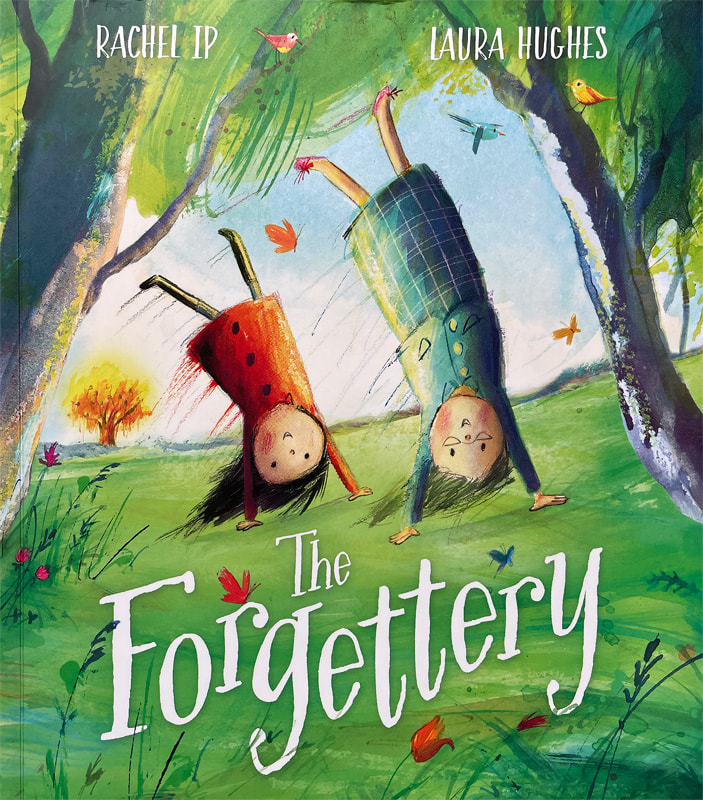
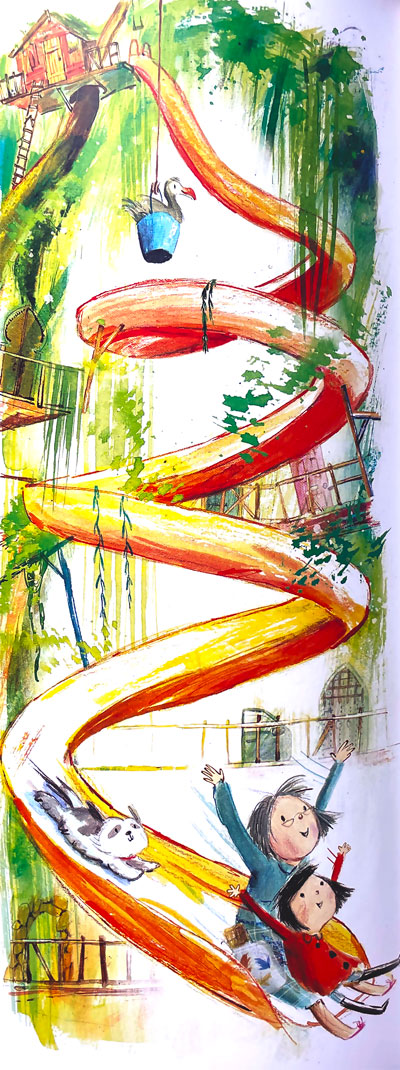
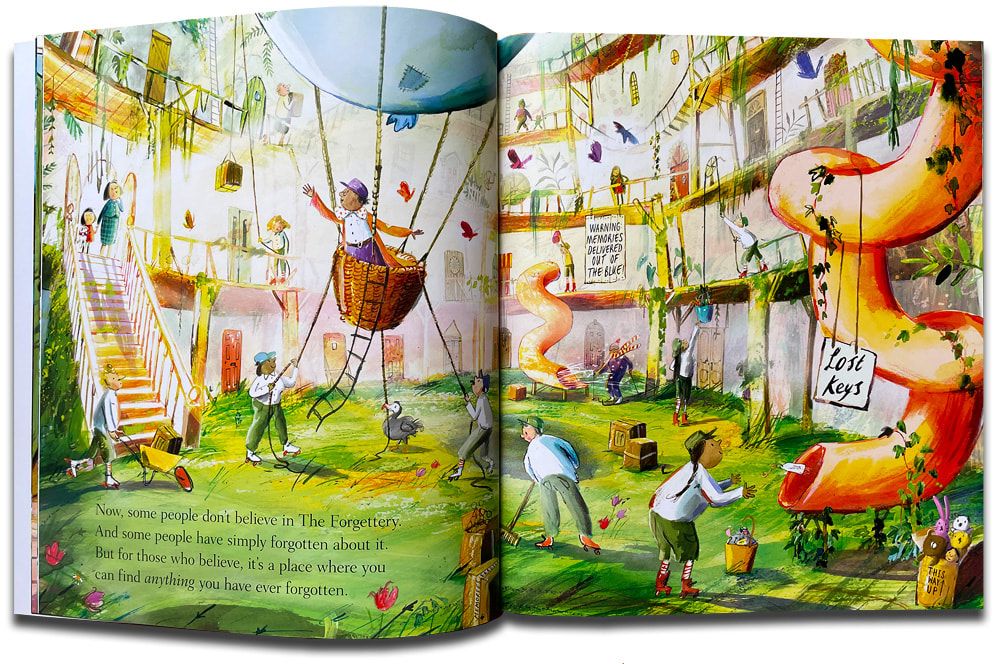
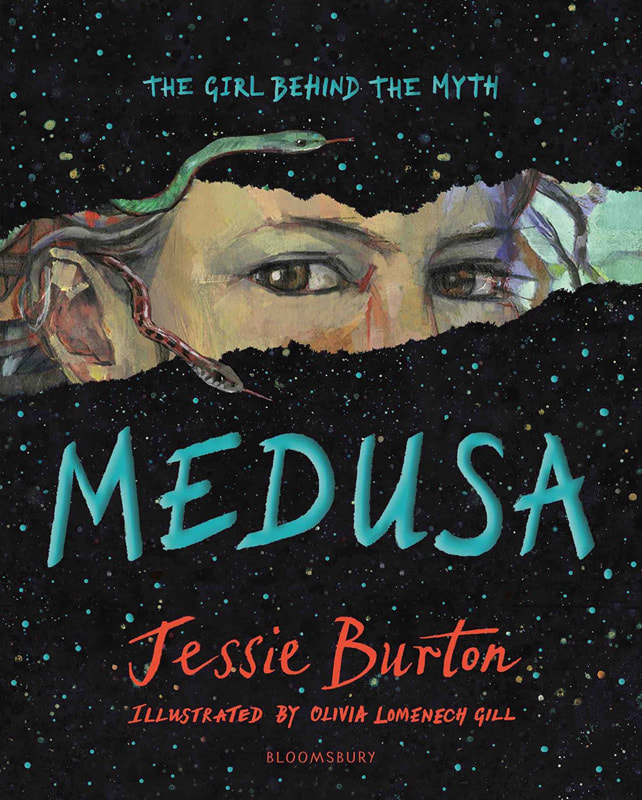
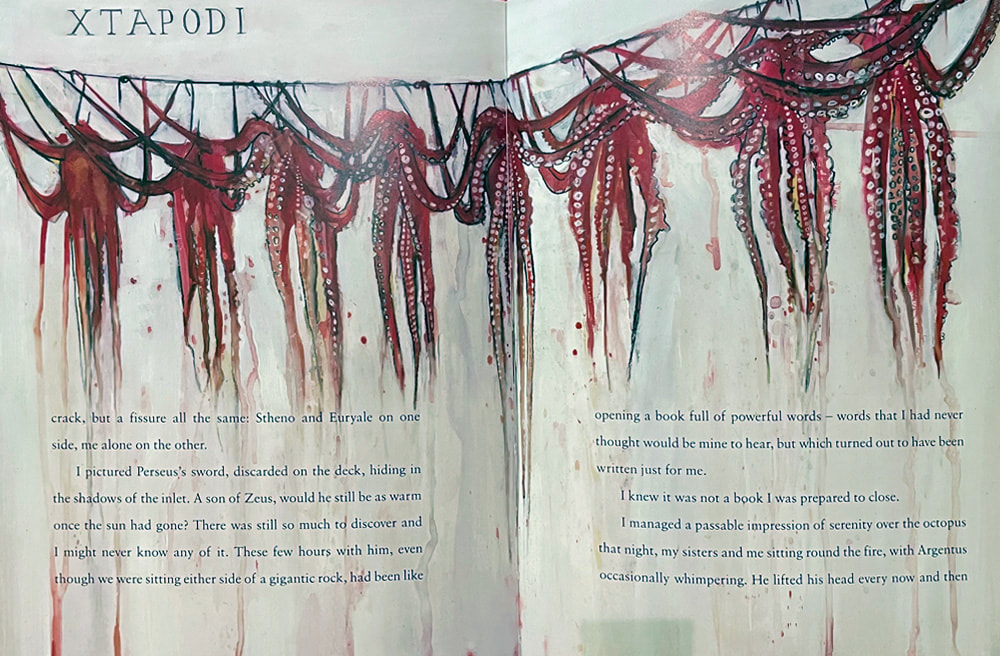
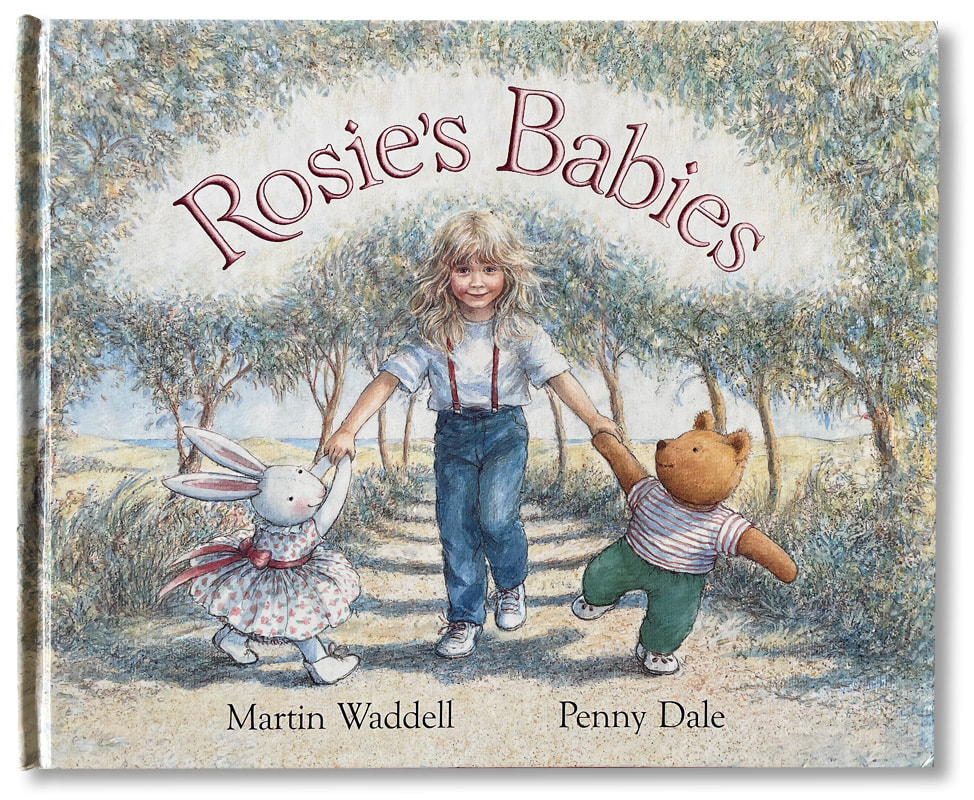
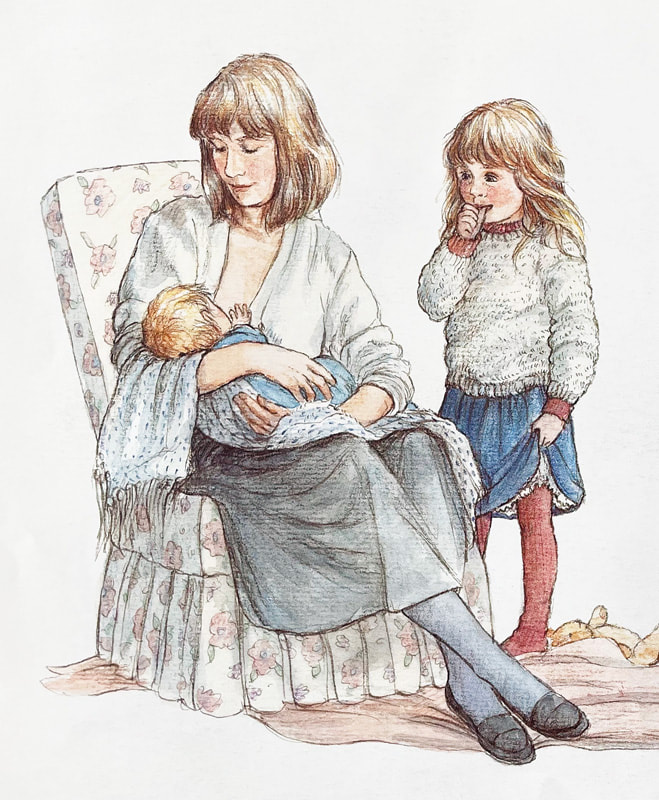
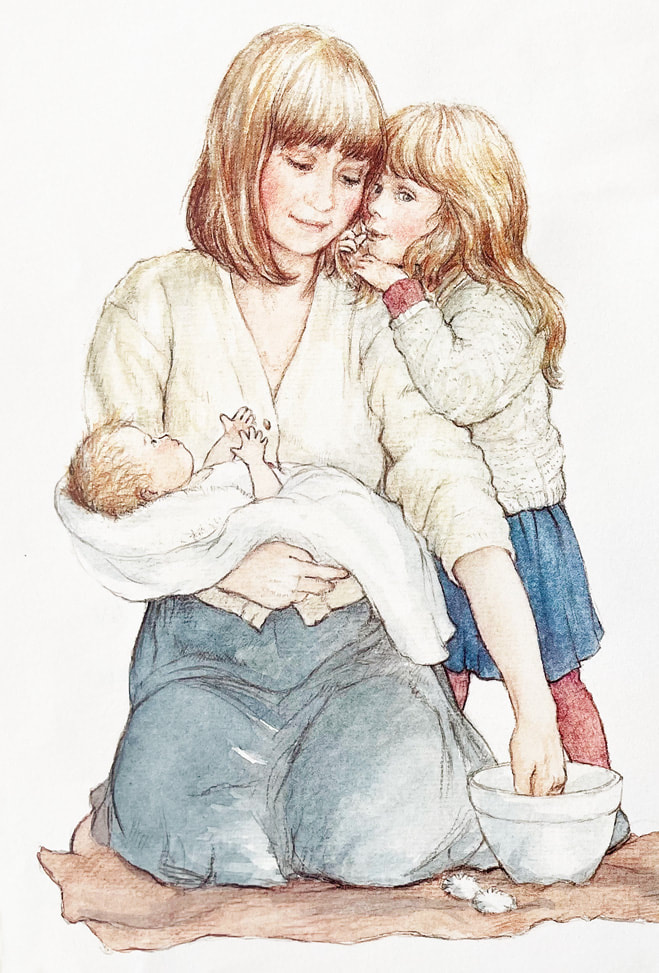
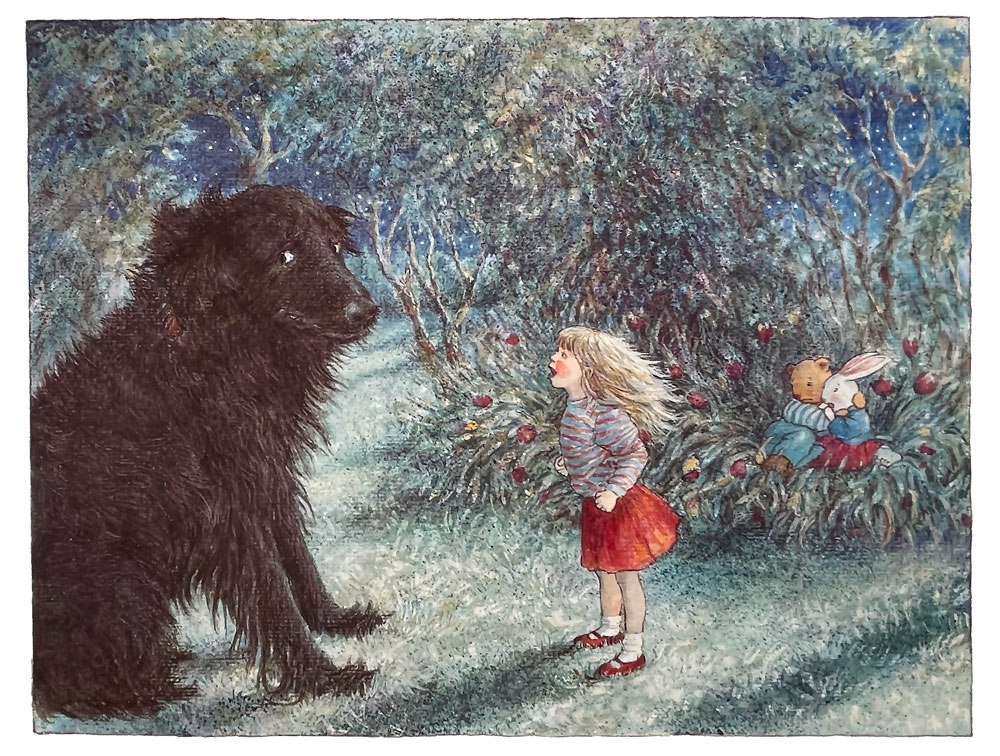
 RSS Feed
RSS Feed